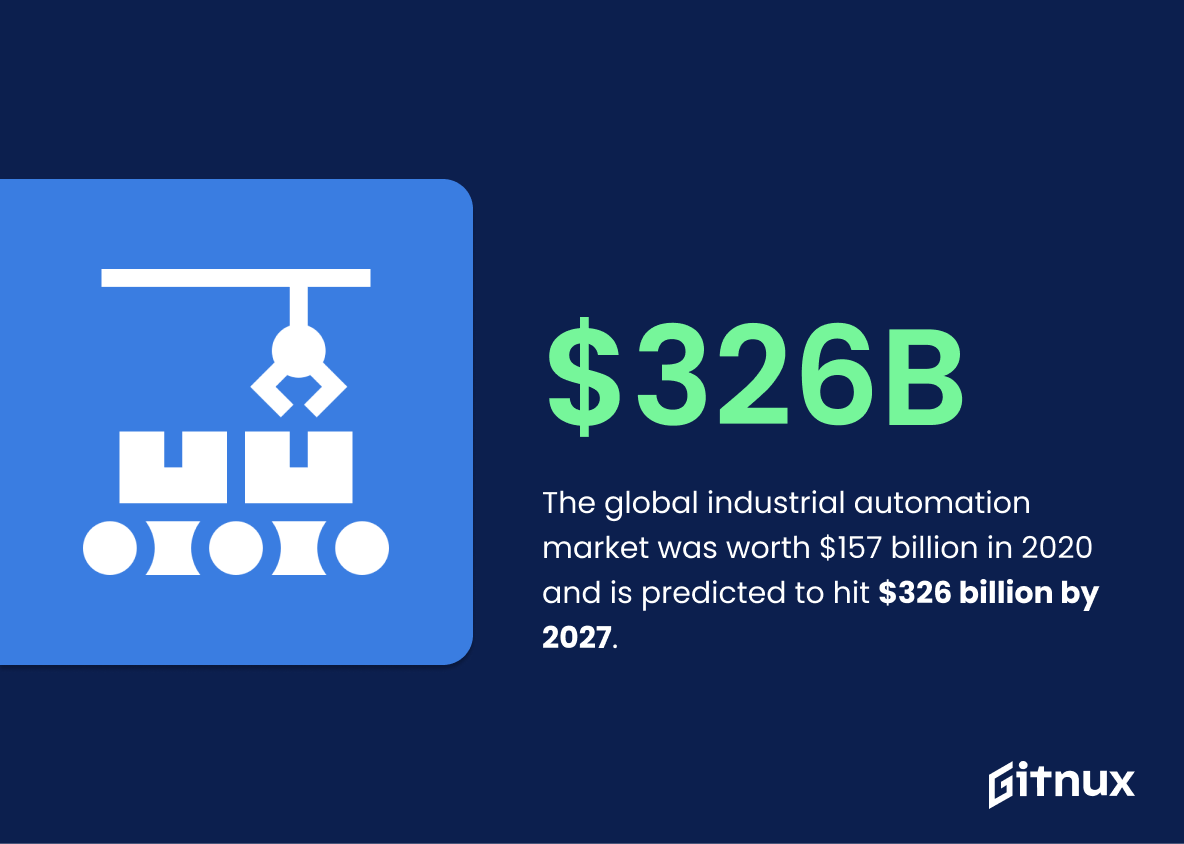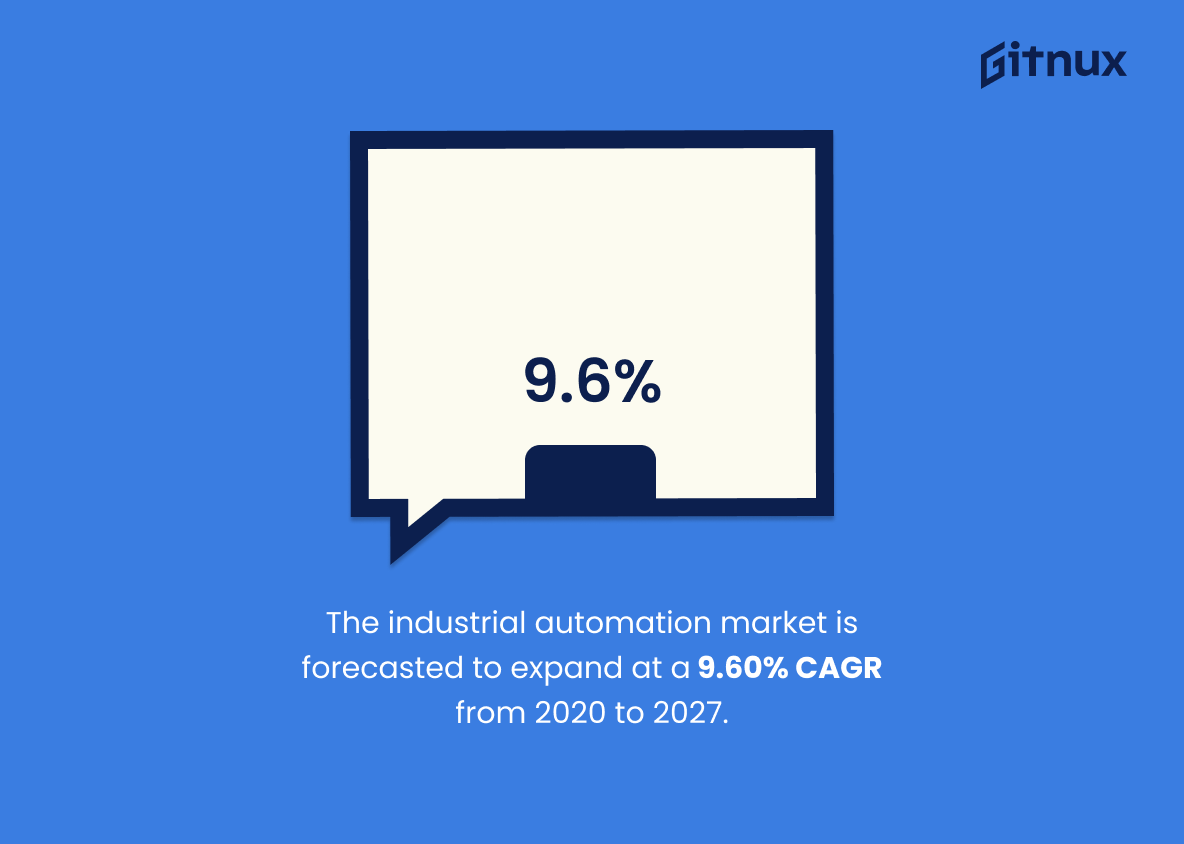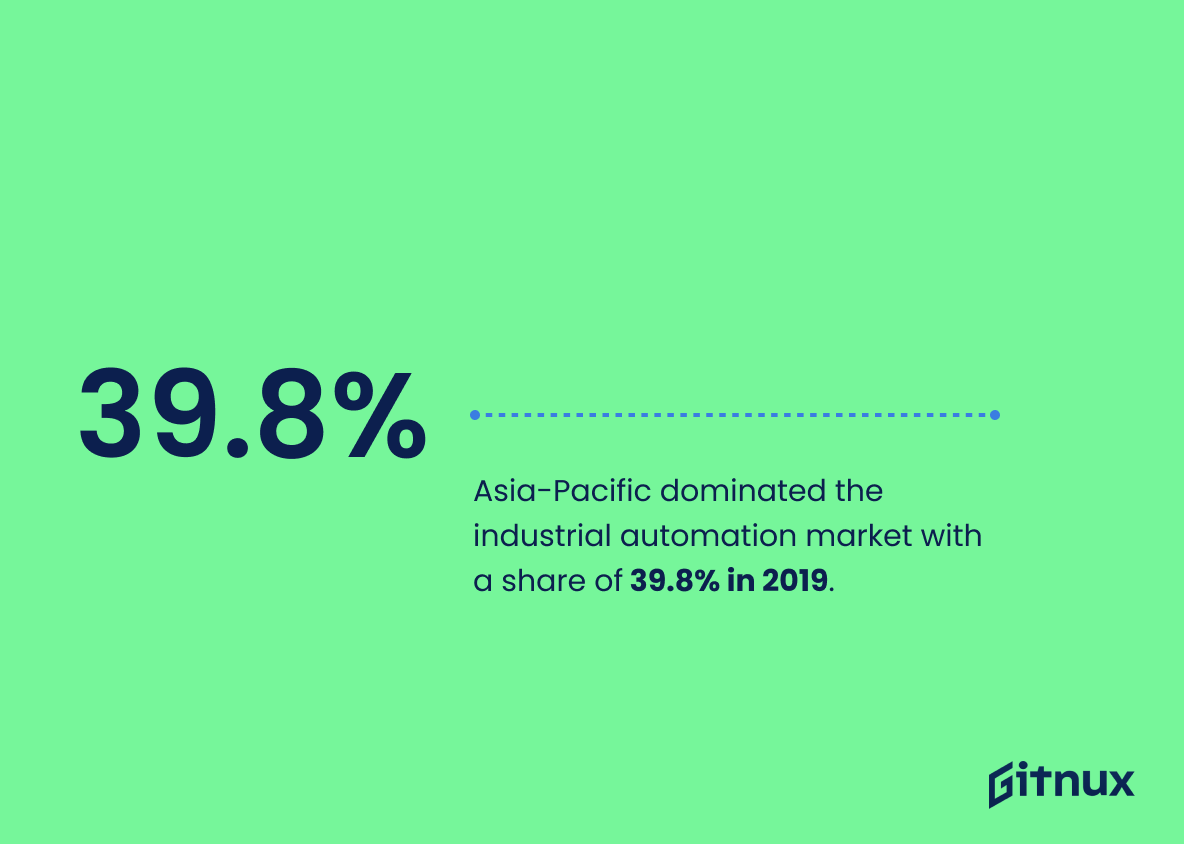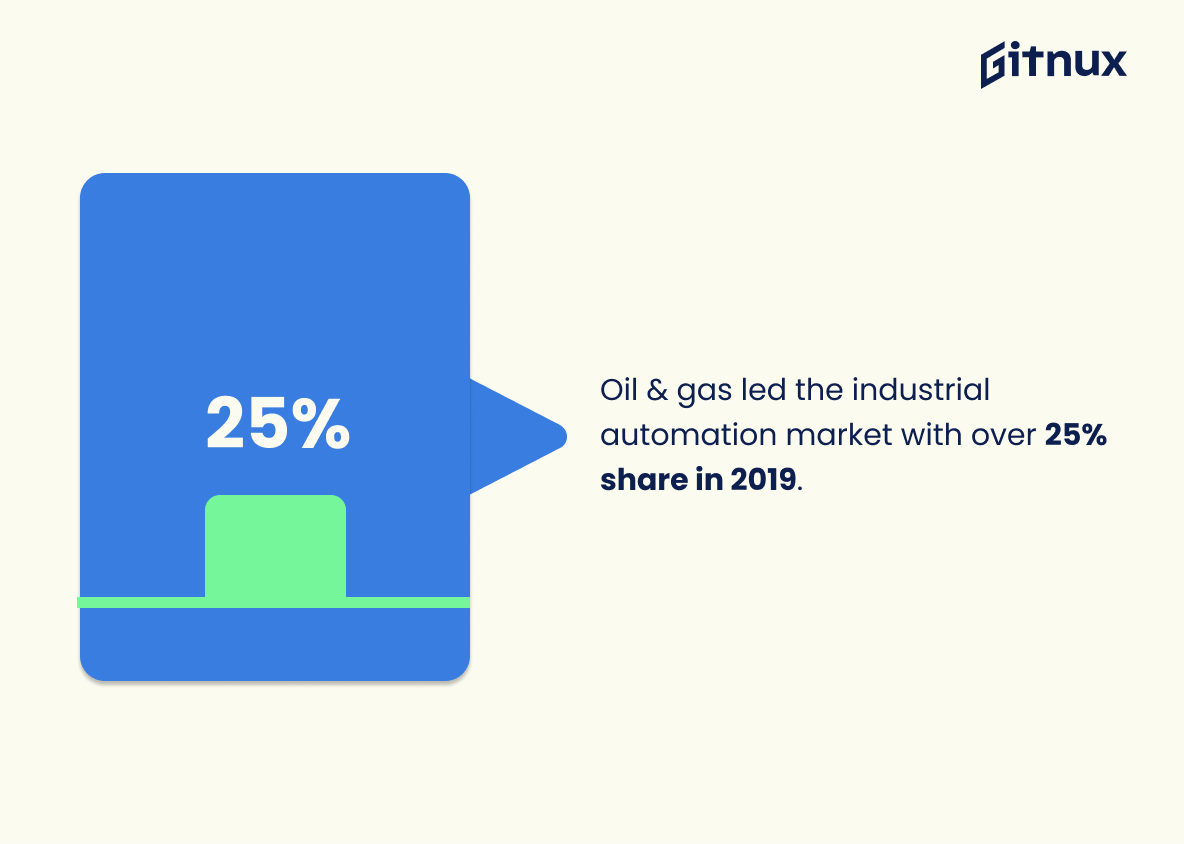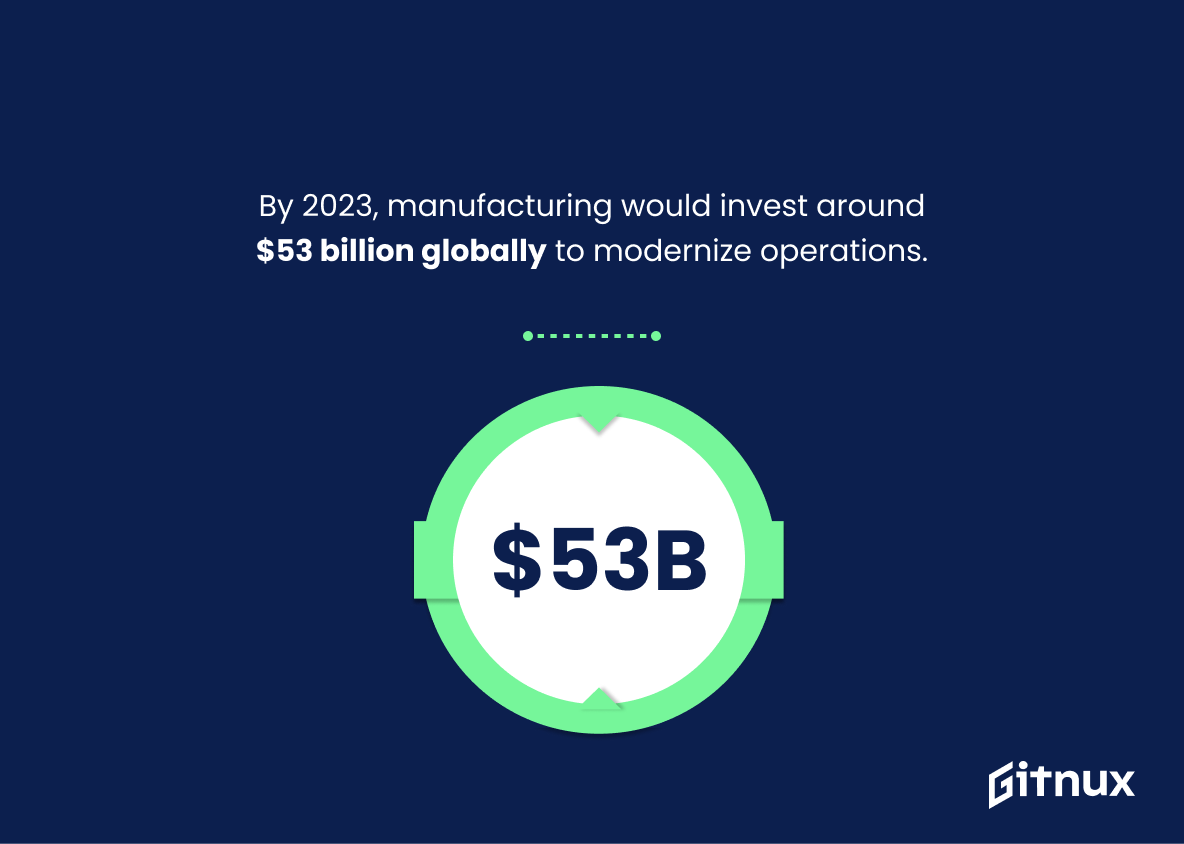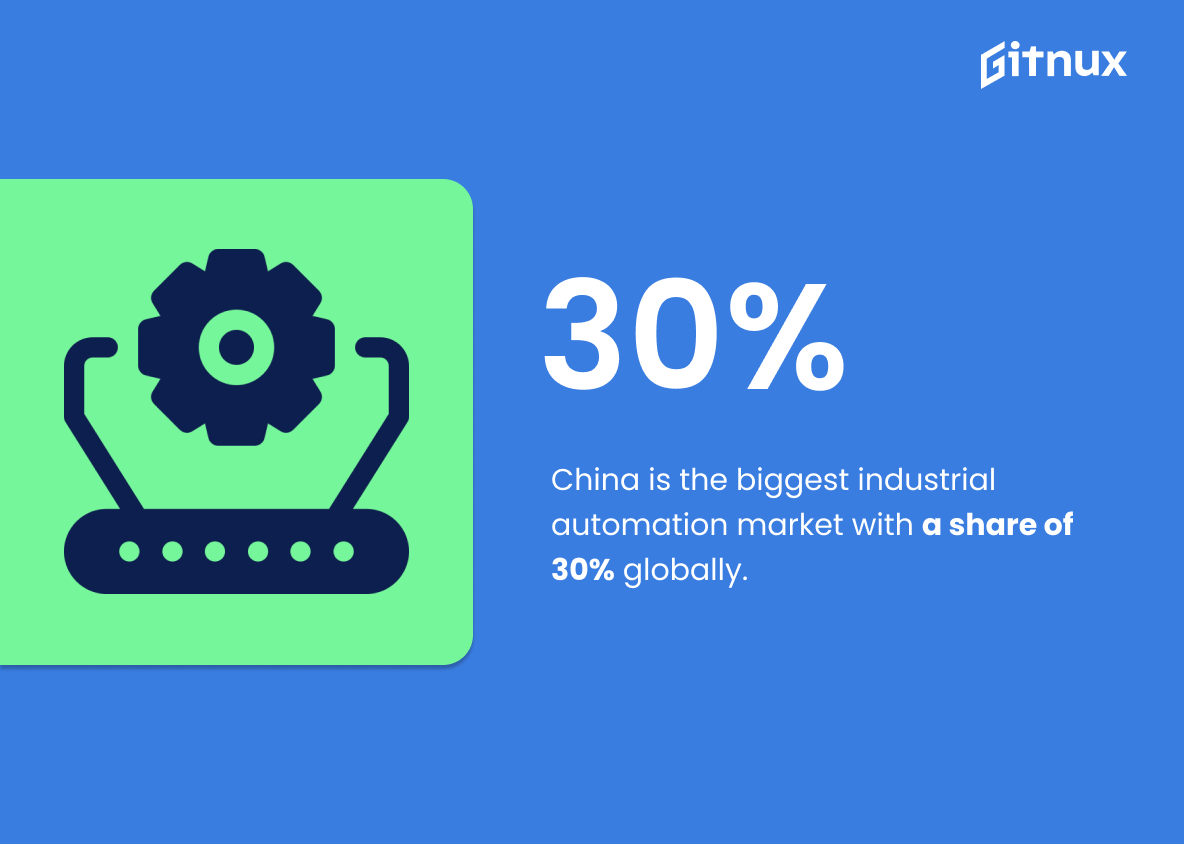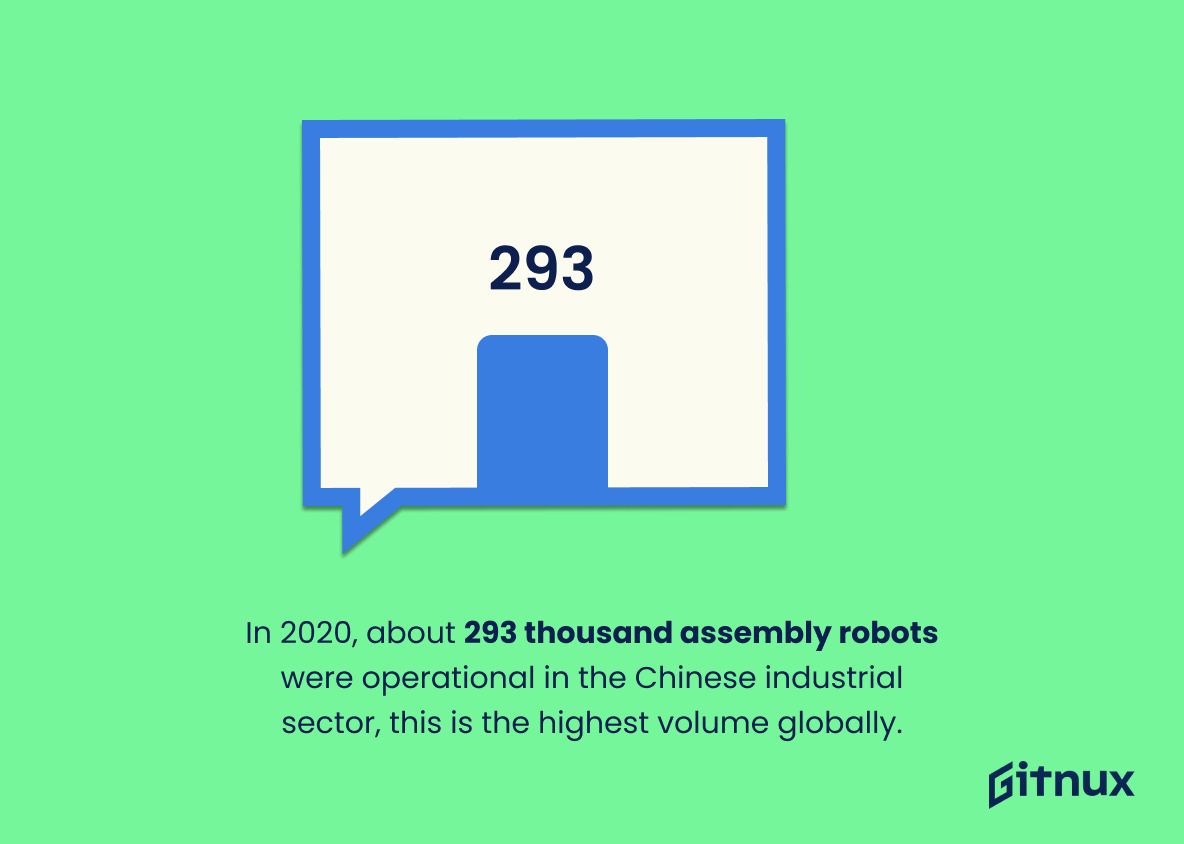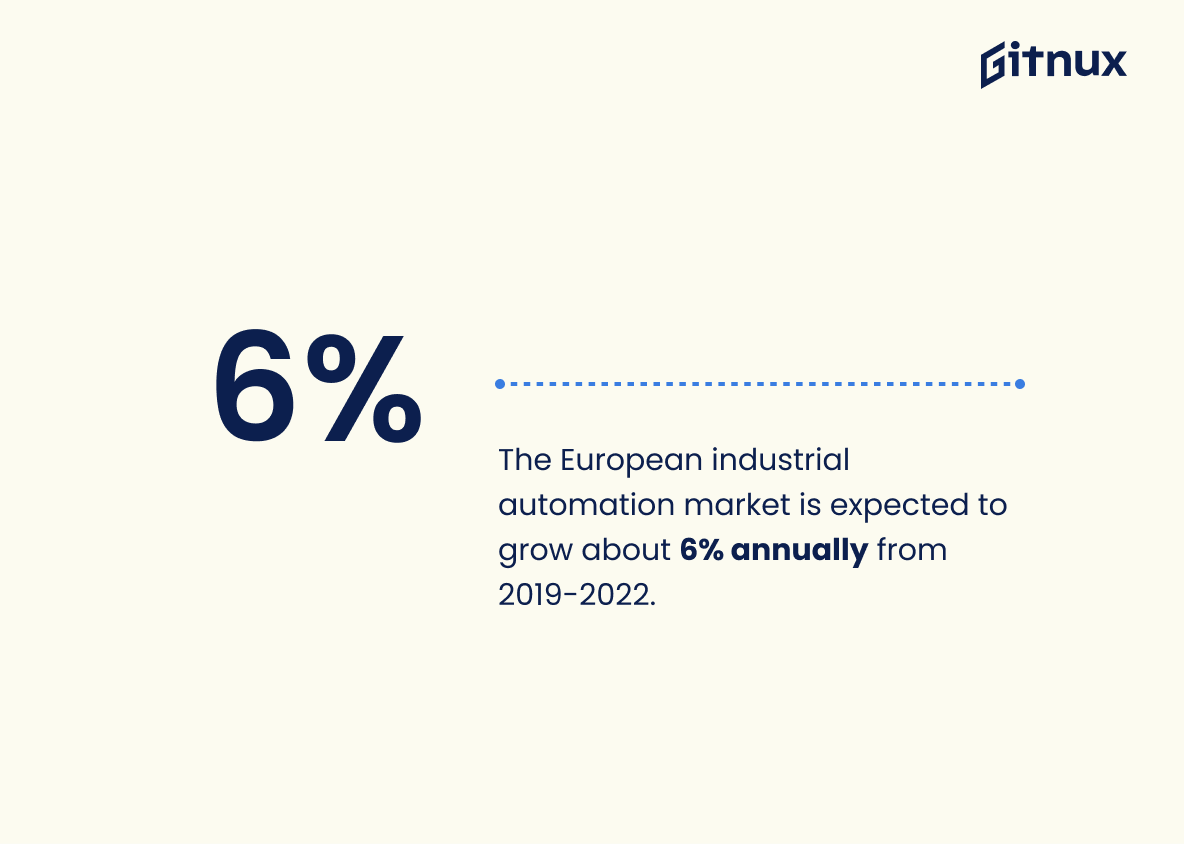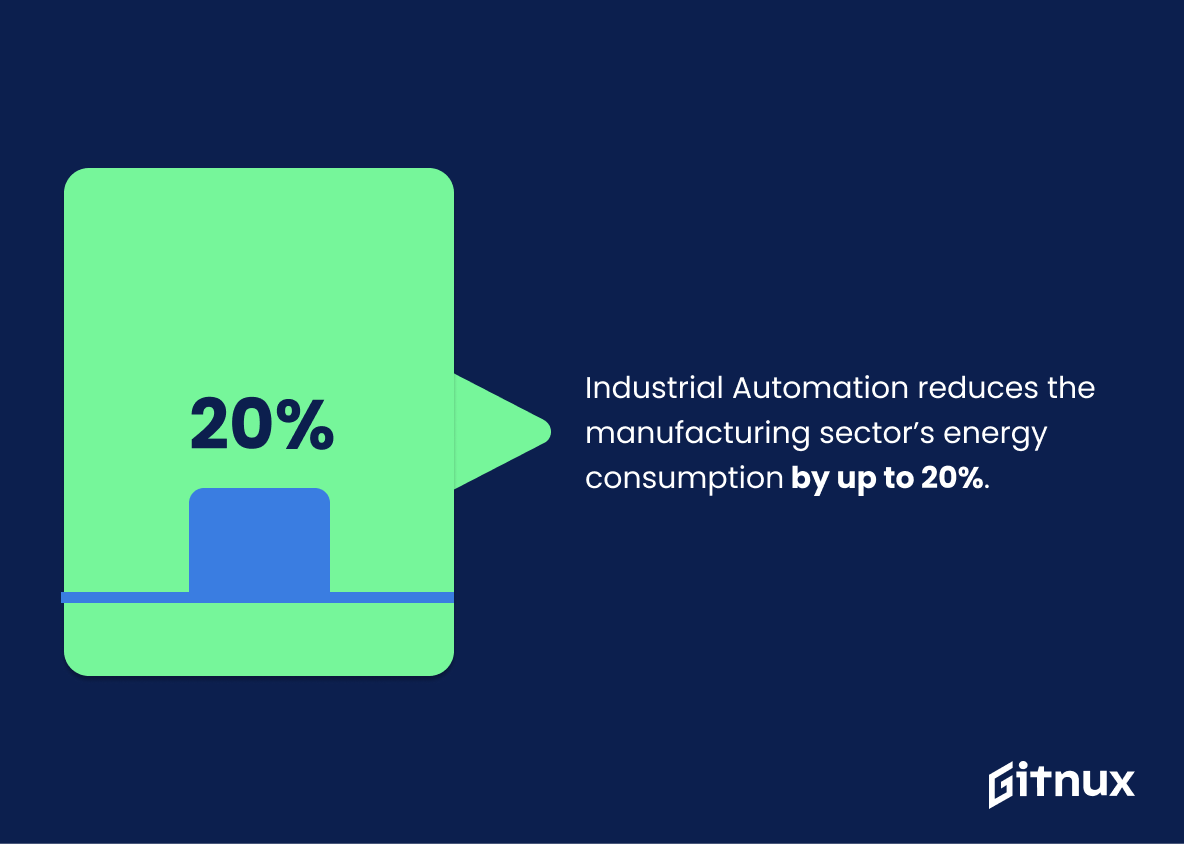In the dynamic sphere of industrial manufacturing, automation has emerged as the trailblazing game-changer, pressing the envelope of innovation and efficiency. This blog post aims to delve into the fascinating world of Industrial Automation, unearthing the hard-hitting statistics that underscore its significance. Join us as we disentangle the convoluted threads of this tech-driven revolution, examine the numbers that highlight its impressive growth, and forecast future trends based on current data. From shrinking labor costs to enhanced productivity, these Industrial Automation industry statistics reveal the profound shifts in manufacturing landscapes worldwide and help us decipher what the future may hold.
The Latest Industrial Automation Industry Statistics Unveiled
The global industrial automation market size was valued at $157 billion in 2020 and is projected to reach $326 billion by 2027.
Painting an illuminating picture of the ongoing growth and significance of the industrial automation sphere, the rise in envisioned market value from $157 billion in 2020 to an impressive $326 billion by 2027 signifies a tectonic shift. This notable projection isn’t merely an impressive number but serves as a compelling testament to the rapidly expanding and evolving landscape of the industry. Embodying the industry’s momentum, this statistic offers a glimpse of not only today’s thriving market but provides a crystal clear snapshot of an increasingly automated future. Evidently, it punctuates the potency of industrial automation in remodeling the operations of businesses worldwide, thus spotlighting its revelatory role in any blog post about Industrial Automation Industry Statistics.
The industrial automation market is expected to grow at a compound annual growth rate (CAGR) of 9.60% from 2020 to 2027.
Painting a picture of the future, the statistical assertion of a 9.60% CAGR for the industrial automation market from 2020 to 2027 punctuates the dynamic growth narrative of the industry. It illuminates the potential expansion and the ever-increasing influence of automation in the industrial sector. This figure becomes the guiding light for all futuristic discourse around the industry – enabling stakeholders to gauge market evolution, align strategic investments, gauge profitability, and fine-tune their market entry or expansion strategies. Thus, it serves as the compass that directs the conversation around the potential boom in the industrial automation sector, invigorating the essence of the blog’s exploration of the Industrial Automation Industry Statistics.
Asia-Pacific dominated the industrial automation market with a share of 39.8% in 2019.
As we traverse the timeline of the Industrial Automation Industry statistics, we land on an intriguing insight from 2019. The Asia-Pacific region revealed its dominance over the industrial automation sphere, holding a staggering 39.8% share. This significant portion points to a considerable concentration of industrial automation innovation and technology investment in the east. This dominion in the global market might be a beacon leading us to the future path of this industry, showing us where to expect swift advancements, opportunities, and even challenges to emerge. This shift of power eastwards reflects how the trends and forces shaping the global industrial automation marketplace are largely incubated in the Asia-Pacific hemisphere, making this statistic a pivotal touchstone in understanding the bigger picture at play.
The oil & gas end-use segment held the largest market share in the industrial automation market, accounting for more than one-fourth of the total market share in 2019.
Casting a spotlight upon the terrain of the industrial automation landscape, one towering peak stands out – the oil & gas end-use segment. Its formidable presence, accounting for over a quarter of the entire industrial automation market in 2019, underscores its commanding position in this sector. Consequently, any analytical discourse or strategic deliberation revolving around industrial automation industry statistics would be starkly incomplete without acknowledging the considerable market share of this segment. It’s like discussing the ocean’s vastness without acknowledging the Pacific’s depth. This key statistic acts as a navigational beacon, guiding stakeholders to understand where the significant concentrations of investments and advancements are happening.
Furthermore, this fact serves as a critical vantage point for investors and industry watchers to spot trends and opportunities. The dominance of the oil & gas segment in 2019 also hints at the potential areas for growth, probable technological advancements, and areas expected to command significant research and development spending in the future. It also provides a historical context to contrast against current and future market shifts, offering a fuller, more plotted map of the industry’s evolving territory.
By 2023, manufacturing and process industries would invest approximately $53 billion globally in modernizing their operation technologies.
Highlighting an impressive $53 billion investment prediction by 2023, this statistic captures a swell of momentum gathering within the global manufacturing and process industries. They are earmarking colossal funds to modernize their operation technologies, suggesting that the age of traditional manufacturing could be in its twilight years.
In a blog post discussing Industrial Automation Industry Statistics, this data serves as an emblem of the industry’s evolution, painting a persuasive picture of companies keenly adopting technological advancements. It’s a clear barometer of the scale and speed of industrial transition towards automation. Besides, it is indicative of the potential market size for industrial automation providers and the job trends for professionals in this area.
Moreover, this is a beacon signaling increased competitiveness, productivity, and profitability – validating the pivotal role of automation solutions in shaping the future of the industrial landscape.
China is the biggest industrial automation market with a share of 30% globally.
In the arena of global modern manufacturing and technology, the colossal role played by the People’s Republic of China is unquestionably pronounced. The fact that China commands a distinctive 30% slice of the global industrial automation market is like the fulcrum on which rests the balance of the industrial automation landscape. Depicting China as the powerhouse of this sphere, it becomes a significant cog expressing the scale, growth and future prospects of the industry. Furthermore, this statistic also illuminates China’s influence, whether it be driving trends, predilections, or profound paradigm shifts. It reveals about the potential it holds in determining the direction of global industrial automation and becoming the bellwether for businesses, researchers, and policymakers worldwide.
In 2020, about 293 thousand assembly robots were operational in the Chinese industrial sector, this is the highest volume globally.
Shining the spotlight on China’s robust assembly robot deployment of approximately 293 thousand units in 2020 uncovers the dragon’s dominance in global industrial automation. Not just an idle number, this figure encompasses China’s colossal strides in automating its industrial sector, underpinning its status as a heavy-weight champion in the global arena. Broader still, the statistic serves as a testament to the pervasive impact of Industrial Automation worldwide, a roaring trend that is rewriting the rules of manufacturing efficiency, productivity, and innovation. One can’t help but explore further, considering China’s remarkable lead, the potential impacts of automation in industry on a global scale, and the uncharted future it hints at.
The European industrial automation market is expected to grow about 6% annually from 2019-2022.
Drawing attention to the projected 6% yearly growth of the European industrial automation market from 2019 to 2022 underscores the flourishing trends in this sector. It spotlights the escalating momentum of automation technologies in Europe’s industrial landscape, signifying not only the extensive technological adoption but also the potential profitability for market entrants and investors in this sphere. In the ever-evolving landscape of industrial automation, this statistic offers a compass, directing readers towards future growth trajectories and investment opportunities. This single piece of numerical data paints an anticipatory image of the industrial revolution, succinctly encapsulating the emerging future of Europe’s industrial sector within the time frame.
Industrial Automation reduces the manufacturing sector’s energy consumption by up to 20%.
Unraveling the potency of this statistic unveils a hopeful narrative for both industry growth and sustainable development. It underscores how Industrial Automation becomes the silent protagonist in the battle against excessive energy consumption – a pressing issue in the manufacturing sector. This 20% reduction not only signifies cost savings, but also manifests a tangible commitment to environmental sustenance. By shedding light on this interplay between economic gain and environmental preservation, the statistic amplifies the significance of Industrial Automation, making it a competitive focal point within industry statistics narratives.
As of 2021, the automotive industry has the highest number of operational industrial robots globally with a 38% share.
Highlighting this figure indicates the immense scale and pace at which the automotive industry is embracing industrial automation, representing a major leap in this sector. With a whopping 38% share in operational industrial robots worldwide, it underscores the game-changing role automation plays in driving productivity, efficiency, and cost-saving strategies in the automobile production process. This stunning statistic serves as a key touchstone, illustrating the industry’s sizable investments in advanced technologies, setting the benchmark high for other industries.
Conclusion
The continually evolving landscape of Industrial Automation is dictating new business strategies with significant changes recorded in its industry statistics. The surging demand for higher productivity, efficiency, and safe work conditions, and the benefits of predictive maintenance and analytics are driving substantial growth in the sector. Innovations in technology are triggering an impressive expansion in the market, creating an array of opportunities for companies ready to adapt and invest. With this progressive pace, the Industrial Automation Industry poses as a lucrative and promising sector in the technology field, poised for enormous growth in the coming years.
References
0. – https://www.www.grandviewresearch.com
1. – https://www.ifr.org
2. – https://www.www.alliedmarketresearch.com
3. – https://www.www.statista.com
4. – https://www.www.arcweb.com
5. – https://www.www.reportlinker.com
6. – https://www.www.globenewswire.com
7. – https://www.www.cmtc.com
